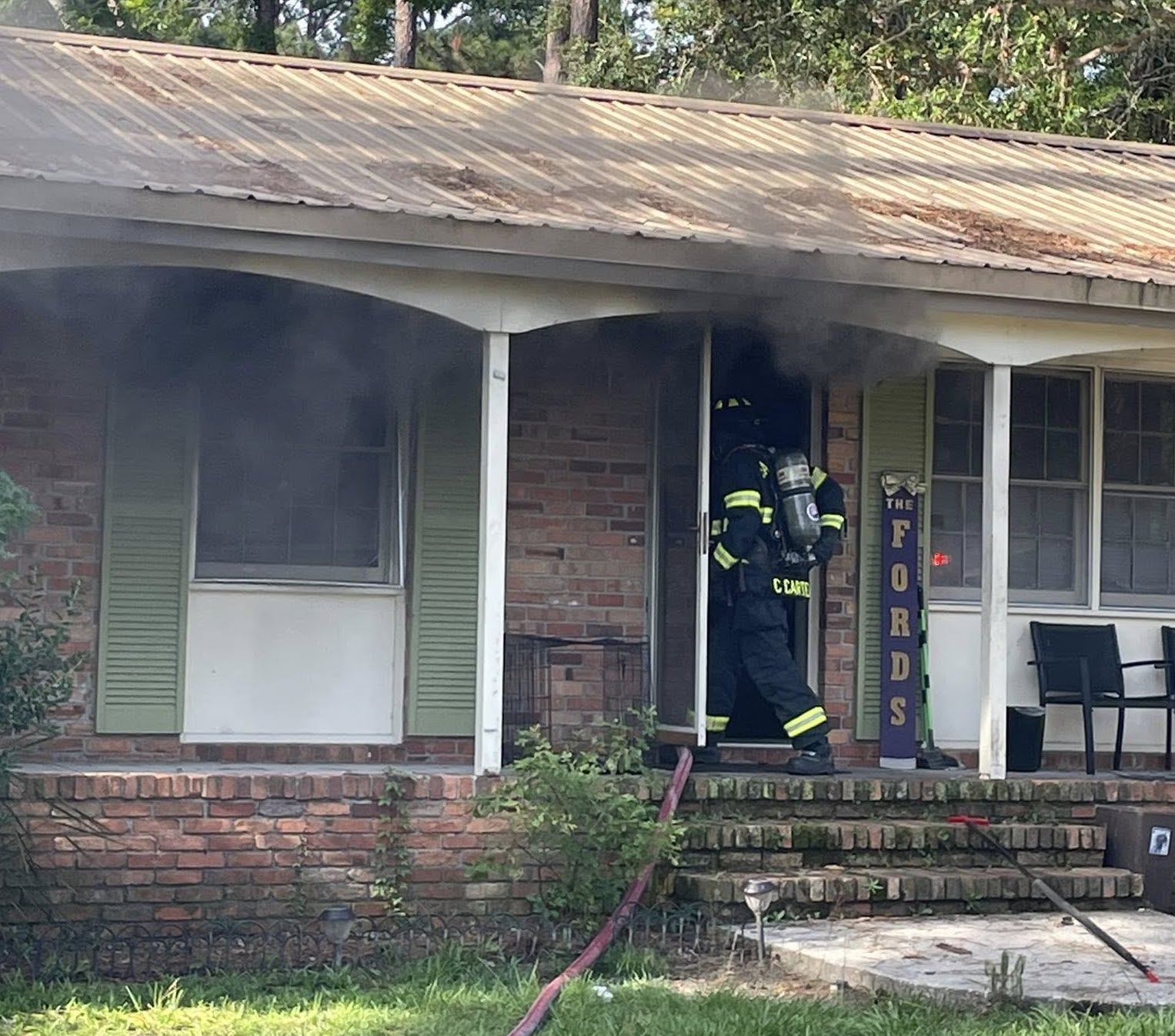Loss of labor and delivery units strain rural health care
Published 9:00 am Sunday, September 27, 2015
Expecting mothers in Burke County have two options for the delivery of their baby: They can drive more than a half-hour to Augusta or Statesboro.
To the west, there’s no labor and delivery unit until Milledgeville, some 80 miles away.
It’s a change from less than three years ago, when Burke Medical Center in Waynesboro had its own labor and delivery unit. Since then, two other hospitals in this area of the state, in Washington and Emanuel counties, have also lost theirs.
“They have choices,” said Dr. Frank Carter, who delivered babies in Burke County for nearly 20 years. “They just have to drive at least 40 minutes to get to any of those choices.”
Slim choices in Burke County reflect reality for many women in Georgia. More than 70 counties – nearly half in the state – have no obstetrician, according to Dr. Catherine Bonk, a Decatur physician who is president of the state’s OBGyn Society.
At least 40 counties do not even have a family physician who will provide obstetrical care or a midwife, Bonk said.
That leaves nearly a quarter of the state’s pregnant women with a drive of at least 45 minutes to obstetrical care, increasing their risk of delivering prematurely, she said.
When labor and delivery units close, physicians are usually left to decide whether to try to make it as a gynecologist or leave the community to find work elsewhere.
Carter still works at the hospital in Burke County, where he provides pre-natal care and practices family medicine. But expectant mothers who show up in labor are transferred elsewhere.
Pat Cota, executive director of the OBGyn Society, said many feel the impact when an obstetrician leaves a community.
“It’s not only the poor women who suffer,” Cota said. “It’s every woman. It’s the banker’s wife. It’s the teacher. It’s everybody. You’ve lost access for the entire community.”
Areas that lack services, not coincidentally, also experience higher infant mortality rates, said Dr. Brenda Fitzgerald, commissioner of the Georgia Department of Public Health and an OB-GYN, in speaking to lawmakers this month.
Cota said this trend isn’t likely to stop, as more closures are likely.
Already this year, three obstetric centers have been shuttered. The latest announcement, that Hutcheson Medical Center in Catoosa County was scrapping its delivery service, came late last month.
Low Medicaid reimbursements are a commonly cited factor in the closures of high-cost labor and delivery operations.
Medicaid is often the primary payer of deliveries in rural counties, which also struggle to attract and keep physicians.
The government health insurance program for the poor pays about one-third of what private insurers do.
Last legislative session, lawmakers approved a small increase for doctors – the first in 14 years, Cota said.
In Thomaston, Upson Regional Medical Center offers the only labor and delivery unit for Upson County and seven surrounding counties.
Dr. Hugh Smith, an obstetrician, said the hospital’s directors are committed to providing the service, even at a loss. The hospital depends on funds from state and federal indigent healthcare programs, he said.
Without the center, residents would face an hour’s drive for pre-natal care, he said.
“The human response to that is this: If I have to pay money for gas or I have that money that I can use to put food on the table to feed my kids, they’re going to feed their kids and they’re not going to buy the gas to come to the doctor’s office,” he said.
Jill Nolin covers the Georgia Statehouse for CNHI’s newspapers and websites. Reach her at jnolin@cnhi.com.





